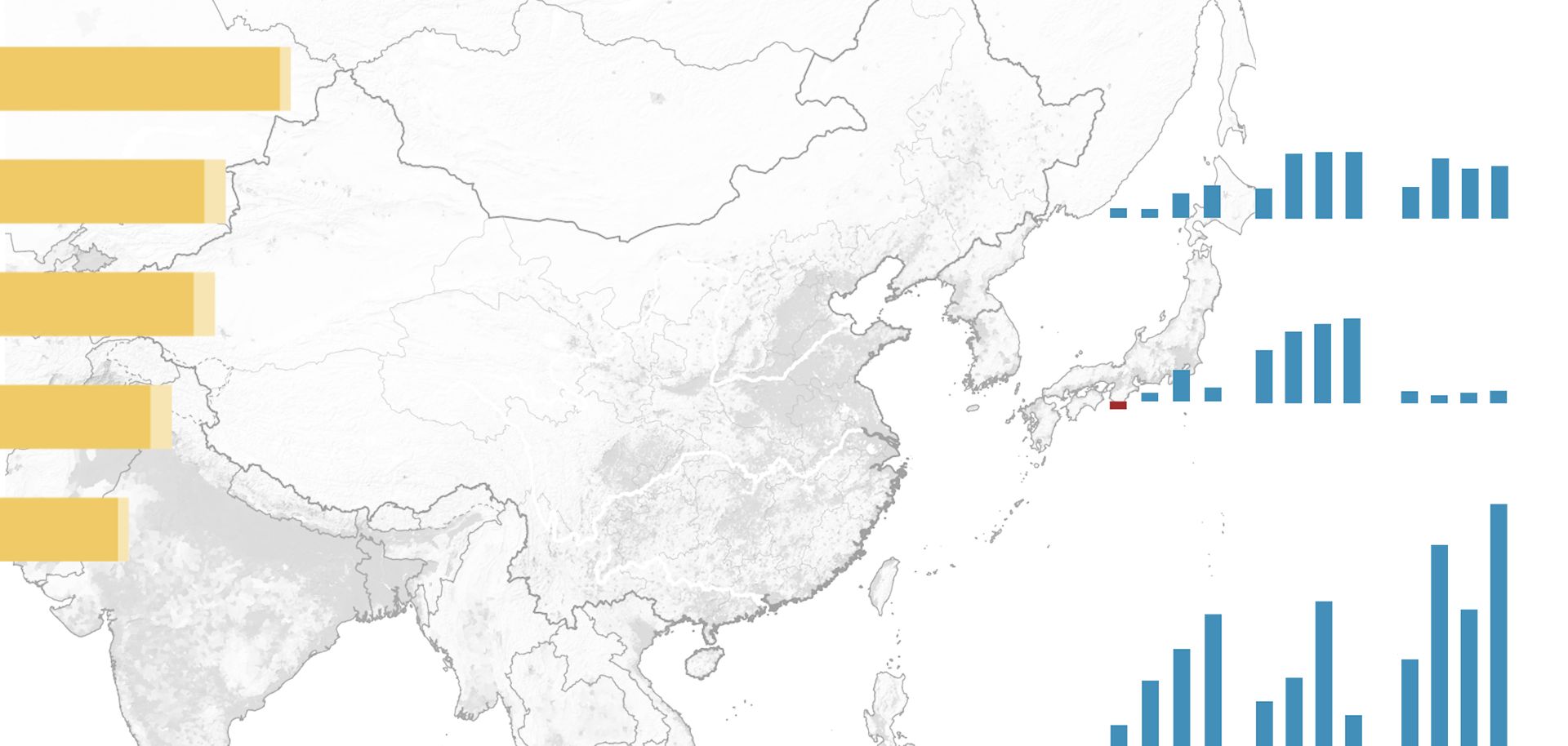
Domestic political opposition and security concerns in Myanmar could threaten an energy pipeline built in the country by China, its longtime patron. The pipeline project was first proposed by China in 2004 and finalized in 2007. It consists of two parallel lines, one for imported oil from the Middle East with a projected capacity of 22 million tons, and one for locally produced natural gas with a projected capacity of 12 billion cubic meters, running 739 kilometers (about 459 miles) from natural gas fields near Kyauk Phyu in Myanmar's Rakhine state through Yunnan, a landlocked province of China, and eventually to Guigang, Guangxi province.
Natural gas began to flow to China through the Sino-Myanmar pipeline July 28, though the final stretch of the pipeline to China's Guangxi province has not yet been completed and the initial level of natural gas is flowing at far below its projected rate. This comes after a two-month delay and amid concerns about the pipeline's continued viability due to insurgent violence along the route in Shan state and the adjacent Kachin state. The portion of the natural gas pipeline running from Yunnan to Guangxi is supposed to come online in September 2013, but there are rumors of additional delays, and oil will not begin flowing until June 2014.
Beijing financed and built the project as a way to help feed its booming demand for energy. China as a whole consumes 145.9 billion cubic meters of natural gas annually and the International Energy Agency predicts that this will increase to 200 billion cubic meters per year by 2020, with a domestic production shortfall of as much as 80 billion cubic meters per year. Although the natural gas provided by the Sino-Myanmar pipeline is only a small part of China's total consumption, it will be key to regional gas consumption and to Beijing's efforts to diversify its energy inputs. Currently, the natural gas will go toward shoring up local economies in Yunnan and Guangxi, and will eventually link up with an extension of the east-west pipeline to feed China's coastal economy.



